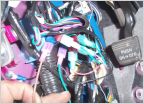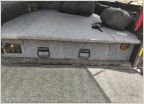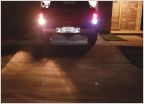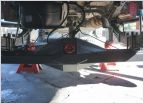-
Welcome to Tacoma World!
You are currently viewing as a guest! To get full-access, you need to register for a FREE account.
As a registered member, you’ll be able to:- Participate in all Tacoma discussion topics
- Communicate privately with other Tacoma owners from around the world
- Post your own photos in our Members Gallery
- Access all special features of the site
Rear diff fluid type ?
Discussion in '2nd Gen. Tacomas (2005-2015)' started by Santa Cruzin, Apr 22, 2018.
Page 3 of 4
Page 3 of 4


 PL 8521 Pop n Lock
PL 8521 Pop n Lock 2nd Gen camper water system
2nd Gen camper water system 2015 TRD Sport Brake Pads.....?
2015 TRD Sport Brake Pads.....? Best back up lights for the money?
Best back up lights for the money? Installing a Currie Ford 9" in a Tacoma
Installing a Currie Ford 9" in a Tacoma